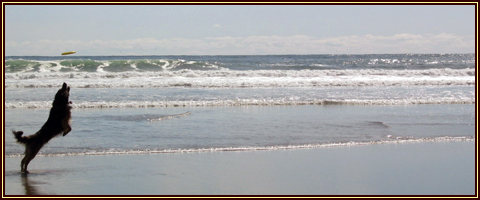7 Terrific Tips For Novice Horseback Riders
Sunday, July 15th, 2012If the idea of setting out on your first horseback ride gives you butterflies in the gut, that’s absolutely normal and you shouldn’t permit it to obsess you. I have seven tips that will teach you the easy way to calm your nerves.
1. There are only a few thrills to match horseback riding, nonetheless it could be a bit dangerous without an instructor who is truly good at doing his job. You must sign on with an instructor only after you have gone deep into his bona fides. If you are in America, your instructor should have received certification from the North American Riding Instructors Association; in the UK, the relevant authority is either the UK Horse Society or the Association of British Riding Schools.
2. You should really train yourself to remain calm and collected at all times when you’re with your horse, whether on the ground or astride. Horses are receptive to their riders’ feelings, and if you get on your horse without confidence, he is going to catch your vibes and that will affect him adversely as well. Even if you feel positively insecure inside, act as if you are wonderfully at home.
3. Never show your temper to your horse, irrespective of how much you think he is irritating you. You shouldn’t fail to impress upon him that you are the boss, but you must do so with a firm iron fist within a particularly soft velvet glove.
4. Well before you go for your first ride, you should have strongly selected the form of riding you need to master: English or Western. To some degree, your call will be influenced by what style is available at your riding school. If you do have a choice, I would recommend that you begin with the Western style. I know, though, that lots of instructors believe in starting beginners with the English style, they think this style is better for correct development of rider balance.
5. At the outset, don’t trouble with correct riding attire. Just wear any old attire that are appropriate for riding. A pair of jeans or something of that sort would be fine. Don’t wear shorts or any other apparel that exposes your legs; you’ll rub the skin off them before very long! Becoming filthy and tired while riding horses is all part and parcel of the game, so don’t dump money on costly riding clothes until you have been at it a couple of days and are definitely sure you aren’t going to give up. You might like to make an exception with a great pair of riding boots and a suitable helmet, but the latter item should be available for free at your riding school.
6. Your riding school should have a policy of providing very experienced horses to beginners, so that one of the pair has some wisdom and experience. As you get better, you will be ready to ride different horses. As you do therefore you will observe that like humans, horses also come with really distinct individual characters.
7. While there is no substitute for practical riding on a horse under the tutelage of a professional trainer, you might like to steel yourself more completely by going thru some books and videos on the science of riding horses. It is easy to get such books and videos at shops locally or from internet stores.
Horses are Heather Tomspassion and she enjoys sharing her extensive knowledge through her 100s of articles with other horse lovers visit HorseHorses







